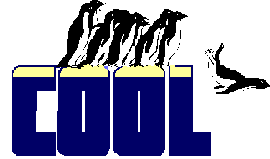|
Example
|
* Make BackColor read-only
PROCEDURE backcolor_assign
LPARAMETERS vNewVal
* Throw away the new value
RETURN
* Limit a custom property to values between 1 and 10
PROCEDURE myproperty_assign
LPARAMETERS vNewVal
IF VARTYPE(vNewVal)<>"N"
ERROR 1732 && "Data type invalid for this property"
ELSE
IF BETWEEN(vNewVal,1,10)
This.MyProperty = m.vNewVal
ELSE
ERROR 46 && "Expression evaluated to an illegal value"
ENDIF
ENDIF
RETURN
* Make sure a property contains the right value when it's used.
* In this case, perimeter is meant to be the perimeter of a
* quadrilateral, so it should always be the sum of the
* four sides.
PROCEDURE perimeter_access
This.Perimeter = This.Side1 + This.Side2 + ;
This.Side3 + This.Side4
RETURN This.Perimeter
* Demonstration of on-the-fly property creation using
* This_Access
oDear = CreateObject("cusTestAA")
? oDear.False && Displays .F. for the newly created property
oDear.BackColor = RGB(255,255,255)
? oDear.BackColor && Shows the numeric equivalent of white
release oDear
return
DEFINE CLASS cusTestAA as Custom
PROCEDURE This_Access
LPARAMETERS cMember
* Determine if the member already exists
IF PemStatus(This, cMember, 5) && Already exists, okay
ELSE
This.AddProperty(cMember)
ENDIF
RETURN This
ENDDEFINE
|

